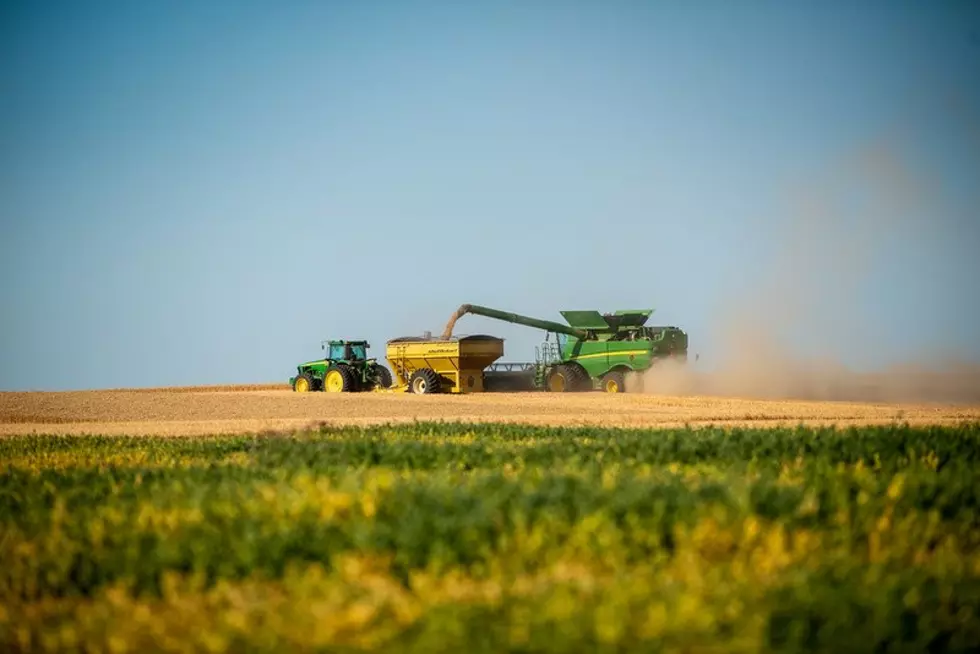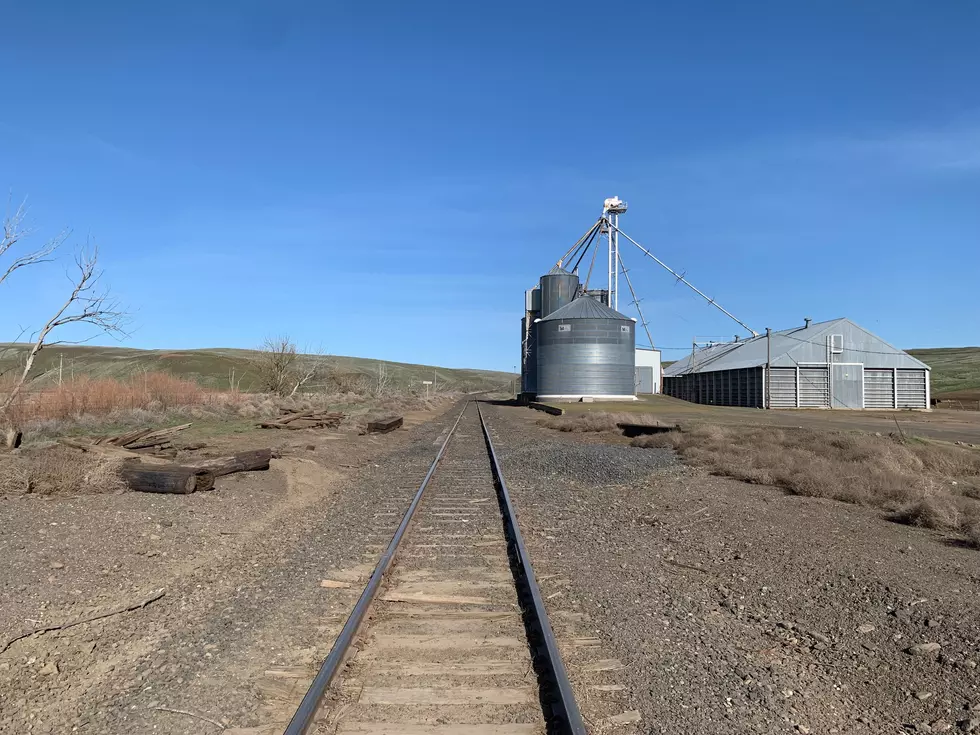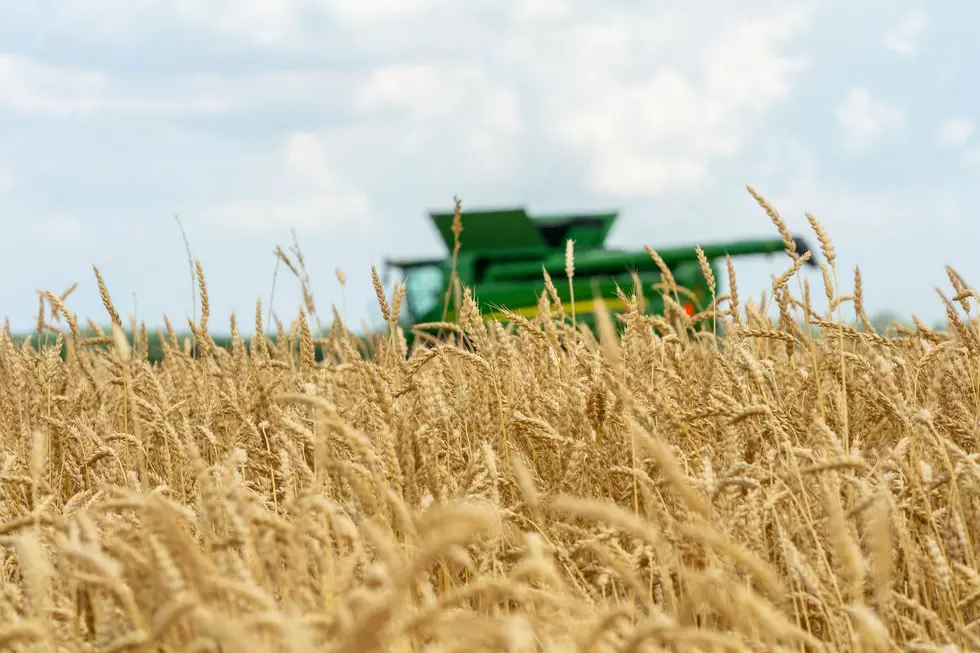
Rabobank Issues Report on Declining Wheat Acres
Rabobank issued a report this week saying U.S. wheat acres have been on the decline for 35 years. This growing season, wheat acres are at their lowest point in 100 years. Those lower acres over a long period of time are going to have some ripple effects.
Raboresearch Grains and Oilseed Analyst Stephen Nicholson found that the decreasing number of planted acres is going to have a domino effect that will spill down the supply chain. Fewer acres means less supply available, which means more imports and higher prices for raw goods.
That’ll mean higher prices for consumer goods.
Nicholson said the biggest decline has come in winter wheat acreage, primarily hard red winter. He says this is a concern for the baking industry as most bread flours are milled with hard red winter wheat. Due to the lower number of HRW acres and a higher probability of production and/or quality issues, both hard red wheat prices and spreads between U.S. wheat classes are likely to be wider and more volatile in the future.
If you have a story idea for the Washington Ag Network, call (509) 547-1618, or e-mail gvaagen@cherrycreekradio.com
More From PNW Ag Network









